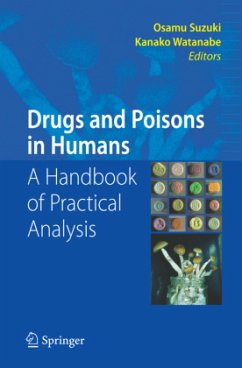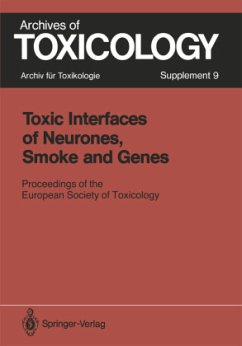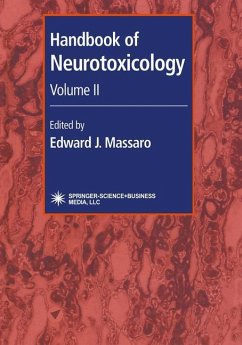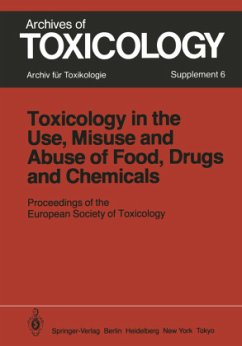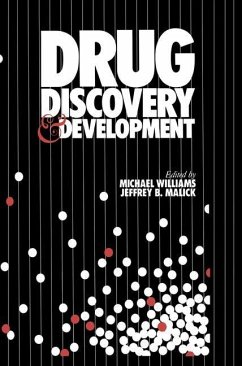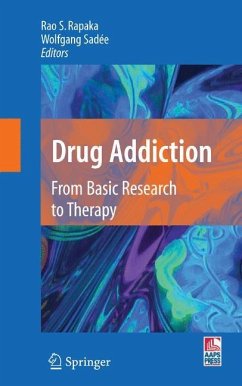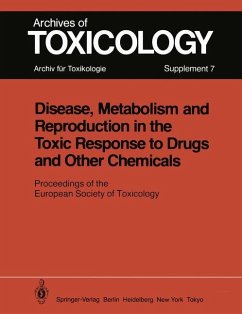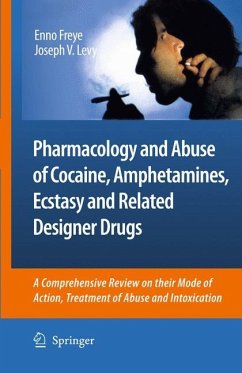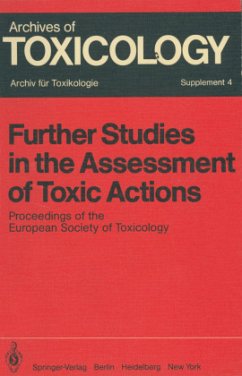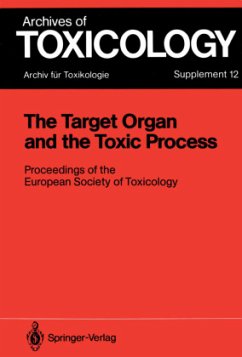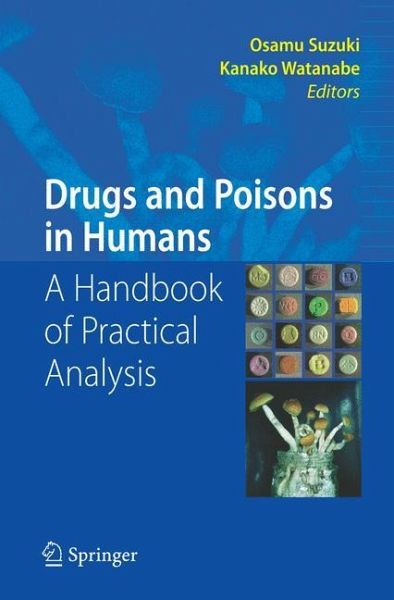
Drugs and Poisons in Humans
A Handbook of Practical Analysis
Herausgegeben: Suzuki, Osamu; Watanabe, Kanako

PAYBACK Punkte
116 °P sammeln!
This book has been arranged such that any analytical chemist can start analytical experiments for a drug or poison in a crude biological matrix, even if she/he has no experience of analyzing that compound. This is particularly useful in view of the acute risk of terrorist attacks in the world today.
The specimens to be analyzed are presumed to be complicated matrices (not clean waste or ground water) such as whole blood, tissues or urine, which contain cells, membranes, proteins and lipids in every chapter. Therefore, procedures for extraction of a drug or poison have been given in great detail.
Each chapter is composed of a rigid internal structure comprising Introduction, Reagents and their Preparation, Conditions of Analytical Instruments, Procedures, Assessment of the Methods, Poisoning Case Examples, Toxic and Lethal Concentrations in Human Specimens, Notes and References.
The chapters have been written by 67 authors who are experts engaged in analysis of each compound.
This type of book for analysis of drugs and poisons has not been published elsewhere in the world.
The specimens to be analyzed are presumed to be complicated matrices (not clean waste or ground water) such as whole blood, tissues or urine, which contain cells, membranes, proteins and lipids in every chapter. Therefore, procedures for extraction of a drug or poison have been given in great detail.
Each chapter is composed of a rigid internal structure comprising Introduction, Reagents and their Preparation, Conditions of Analytical Instruments, Procedures, Assessment of the Methods, Poisoning Case Examples, Toxic and Lethal Concentrations in Human Specimens, Notes and References.
The chapters have been written by 67 authors who are experts engaged in analysis of each compound.
This type of book for analysis of drugs and poisons has not been published elsewhere in the world.
It was with great pleasure that I accepted the invitation to write the foreword for Drugs and Poisons in Humans. A Handbook of Practical Analysis. Dr. Osamu Suzuki and Dr. Mikio Yashiki, two outstanding Japanese scientists, f rst published the Handbook in Japanese in 2002. Specialists throughout Japan contributed analytical methods for a wide variety of therapeutic and illicit drugs, pesticides, and natural toxins and alkaloids. In fact, rarely has such a wide spectrum of analytes and metabolites been addressed within a single reference manual. At the beginning of the book, general topics are addressed, including instructions on h- dling biological materials, measurement of drugs in alternative specimens, and guidance on resolving analytical problems that may occur. T ere are discussions of extraction modalities and detection methodologies and how to select these appropriately based on the physioche- cal characteristics of the drug. Analysis of specif c classes of drugs and relevant metabolites are covered in subsequent chapters. Clinical, analytical and forensic toxicology and clinical ch- istry laboratories will f nd the volume informative and useful. Toxicologists are of en faced with developing methods for new drugs and metabolites with little information available in the literature. T is book provides a great starting point for method development providing pro- dures that have been utilized in real life situations. In addition, toxicologists developing new methodologies may use this volume as a guide to selecting the most appropriate instrumen- tion to handle the breadth of their analytical workload.





